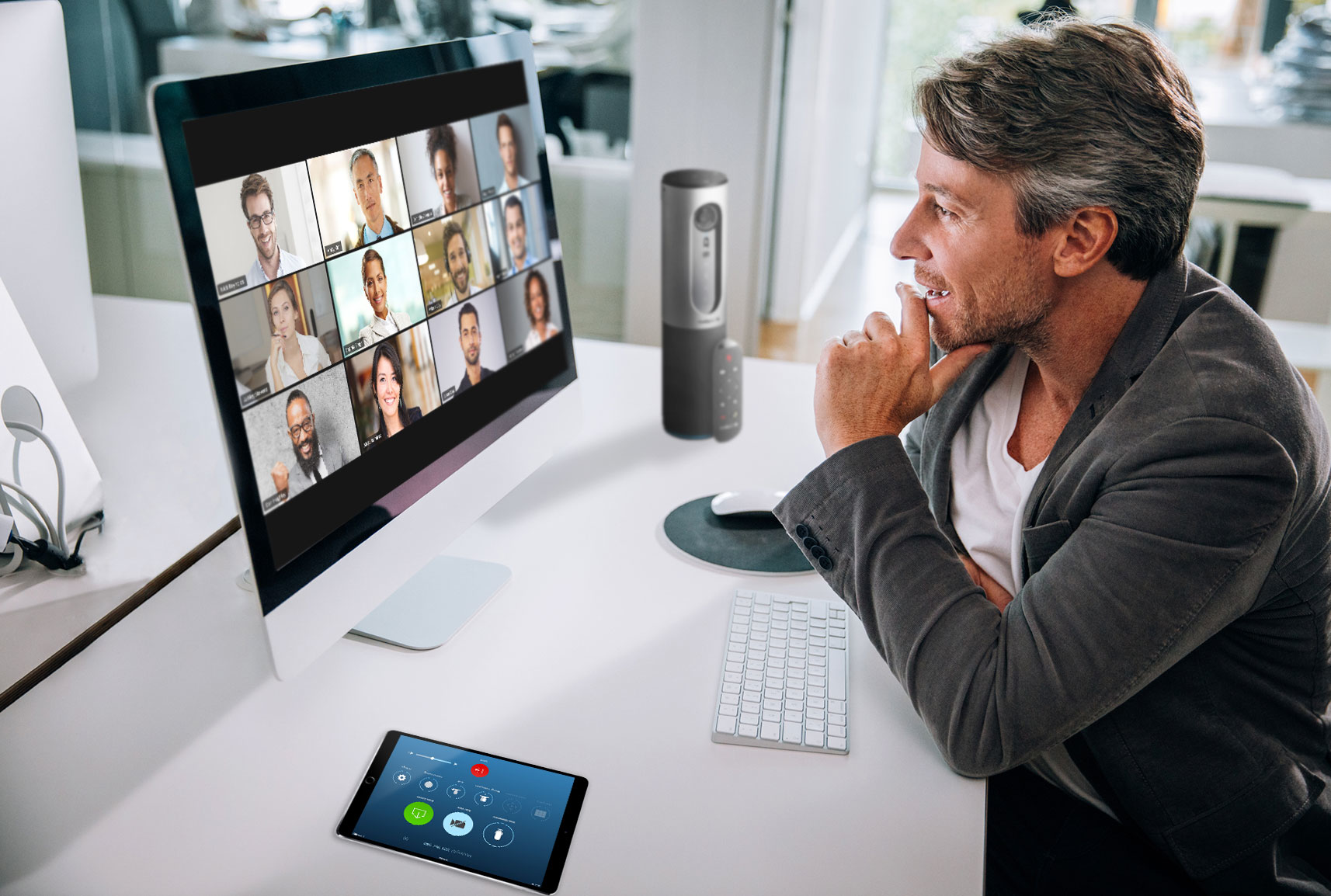Firm Management
What Is Your Long-Term Remote Work Strategy?
Apr. 06, 2021

We see signs of people returning to the office. You may connect via video conference with a client, peer or solution provider and see their office space behind them rather than a home office. Maybe you’re back in the office yourself. It’s not exactly a “return to normal” but a gradual shift into the new future of work. And no matter where you’re working as you read this, we need a long-term strategy for remote work/work-from-home.
The pandemic accelerated an existing trend
Whatever your experience with remote work or working from home before 2020, the pandemic certainly accelerated an existing trend. According to Gallup, 39% of employees worked remotely in some capacity in 2012. By 2016, that number had grown to 43%. Another poll during the height of restrictions on business and schools showed that 51% of Americans were working remotely 100% of the time.
While some people want to return to the office, it’s clear that the work-from-home trend is here to stay. When Gartner surveyed 127 company leaders, 82% of respondents said they intend to permit remote work at least some of the time even after the pandemic, and 47% said they intend to allow people to work remotely full-time going forward.
That requires a strategy to set employees up for success with the right tools and processes.
Technology
When firms were forced to start working from home last year, many simply had employees take whatever technology they had sitting on their desks home. They had to make it work. Now, we’ve had a year to consider what is and isn’t working.
Here are the technology categories you need to consider:
- Remote access. Employees must be able to easily access all the applications, documents and data they need to perform their jobs effectively.
- Workflow and project management. Visibility is crucial. Cloud-based workflow and project management applications provide that visibility and allow people to keep track of tasks, projects and deadlines.
- Communication. Video conferencing applications and webcams allow people to communicate as effectively while working from home as they do in the office. You should also look into instant messaging or chat tools to facilitate quick conversations and team building.
Processes
Your firm has a stack of processes that people use to get work done daily. But how well do those processes work while your team is remote?
We’ve talked to several firms that realized their digital, paperless processes had a few gaps when people weren’t in the office. Identify those pain points, address them and ensure everyone in the firm follows the firm preference rather than their individual preferences.
Management and Leadership
Technology and processes for remote work are readily available. The real challenge tends to be in management and leadership. When people work remotely, they can feel disconnected from the firm and their coworkers. Communication is crucial, and it needs to be frequent, transparent and a two-way street.
Schedule frequent, informal check-ins with employees. Conduct pulse surveys and allow people to share concerns and ask questions.
Pay attention to techno-stress in your team. Many people have been living in front of a screen for the past year. They’re overwhelmed by the blurring of work and home and feel like they have to be available 24/7. Make sure they’re taking time off, even if they’re not actually going on vacation. Leaders need to model this behavior in order to ensure their teams prioritize their physical and mental well-being.
Enabling remote work for the long haul isn’t as simple as letting people choose whether to return to the office or continue working from home. You have to consider your firm’s goals, organizational culture, technology, processes and mindsets. Evaluating these areas will help you create a sustainable work-from-home culture in which people can do their jobs efficiently and bring their best selves to work wherever they are.
=======
Jim Boomer, Shareholder and CEO of Boomer Consulting, Inc., is an expert on managing technology within an accounting firm. He serves as the director of the Boomer Technology Circles, The Advisor Circle and the CIO Circle.
